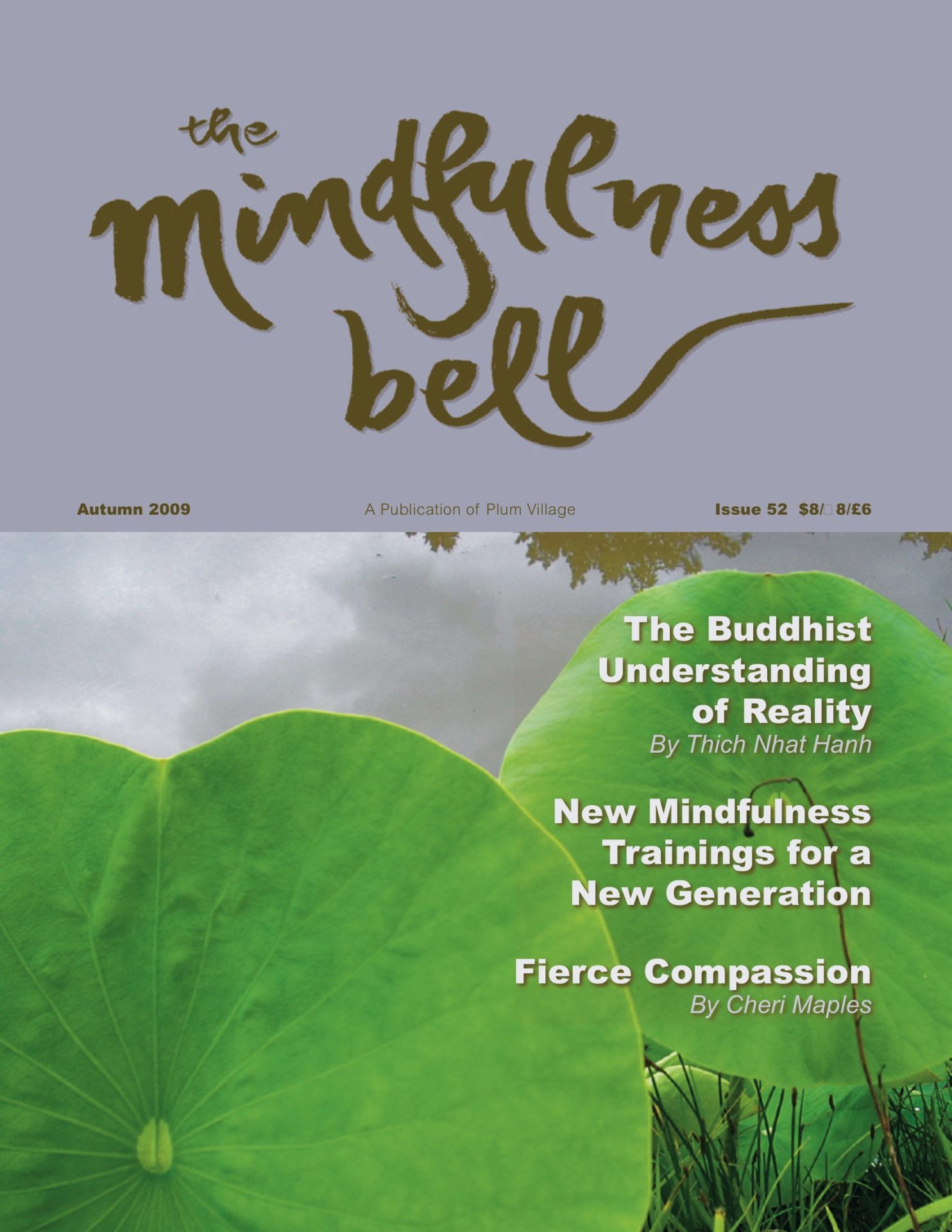Footsteps of Freedom, Love and Peace
by Brian Kimmel
On the day of his sentencing, my former stepfather said to me in front of the judge, my family and his, “I never did anything to hurt you, and I’m sorry you felt I did. I loved you like a son.”
Although it may have seemed empathetic to my personal feelings of hurt and betrayal, it was not an apology and he had not admitted he had sexually abused me.
Footsteps of Freedom, Love and Peace
by Brian Kimmel
On the day of his sentencing, my former stepfather said to me in front of the judge, my family and his, “I never did anything to hurt you, and I’m sorry you felt I did. I loved you like a son.”
Although it may have seemed empathetic to my personal feelings of hurt and betrayal, it was not an apology and he had not admitted he had sexually abused me. The judge sentenced him that day for seventeen years on two counts of child rape in the first degree. I was twelve years old; his sentence “in the first degree” meant that I was under the age of ten when the acts occurred, and that he did have the intent to harm. Still, I was convinced he loved me. I was convinced that something in him knew that he loved me.
Despite my insights into love, it took me many years to heal and to find freedom from the effects of the abuse. I was introduced to mindfulness practice when I was sixteen years old. I remember the first time I tried sitting meditation, under an old cherry tree in my dad’s front yard. There was a passage in Thay’s book, Being Peace, that read something like: “If you don’t have a Sangha to practice with, practice with a rock, a flower, or a tree.” And that’s what I did. I went outside, bowed to the tree, and sat on the grass as if it were a cushion. I closed my eyes, and for an instant felt at peace.
That one time of feeling at peace was enough to motivate me to continue to practice. Even though I continued to suffer with the effects of the abuse, experiencing anger, depression, anxiety, thoughts of committing suicide, and other symptoms of post-traumatic stress, the more I practiced, the more confident I became in the refuge the practice offered me.
I tried so many different methods to deal with my anger and other challenging emotions. I tried beating pillows, screaming, running, and throwing fits. Each time I acted out my feelings in those ways I felt angrier and more out of control. So I began Thay’s method of sitting and walking with my anger, and I made the practice my own.
When I’d feel angry I’d stop, breathe, and sense the feeling in the center of my body, or wherever the feeling expressed itself. I experienced the emotion deeply, feeling it on many levels through my senses, and through a deeper, intuitive awareness. I’d sit with my feeling as if to hold it in my arms like a crying babe or I’d walk with the feeling as if walking quietly and peacefully with a good friend. I knew the feeling was hurting, and as long as it was hurting a part of me would hurt. Every time I felt anger or whatever the feeling was, if I acted it out through bodily actions, through my words and through my thoughts, I made that feeling grow, I made my suffering grow.
Sometimes anger, like people, says things, does things, or thinks things it doesn’t really mean. Sometimes anger, like people, does things, says things, or thinks things from its own hurt. I know my anger was hurting and as I became aware of how much my anger was hurting, based on how much I was hurting, I started to listen, to really listen.
“Anger, my little one, what are you trying to say? How can I help you suffer less, to ease your pain? How can I help you to be free?”
Anger became a sort of meditation; I allowed anger to be there, without the expectation of getting rid of it. Every time I would try to get rid of anger, I fed it more. If it died down for a moment, in another moment or at a different time it would come back even stronger. Whether I was sitting or walking I made sure to keep my anger close to me. With my anger close to me I was better able to take care of it, to manage it and to make sure it wasn’t doing me or others harm. I learned to walk with my anger for hours, very slowly. I gave myself the permission to spend time unraveling, and getting to know this thing called anger and other challenging emotions or habits of mind. Anything I felt was a threat to my well-being I walked with, sat with, and I encouraged myself to listen and to take care of it with mindfulness, with loving-kindness and compassion.
Sometimes I even walked with my former stepfather in my heart. I felt how it must have been to have caused so much pain in another, and to inherit that pain in his body and mind. “How might he be experiencing the feeling of anger in him?” I wondered. I walked with my former stepfather like walking with a friend, slowly allowing his world to unravel before me, in our footsteps of freedom. We walked in freedom together. He and I were not trapped in the delusion of self and other or in the identity of abuser and abused. We walked together through my actions of mindfulness, concentration, and love. Yes, love.
For many in my family and perhaps in society too, my former stepfather may be a challenging person to love. But he is composed of everything we are all composed of. He has air in him, fire in him; he has beauty and light and love; he has the seed of anger, of hurt and betrayal; he has kindness and compassion, forgiveness and joy; he has all the capacity one needs to live in freedom. For me, my former stepfather was easy to love, because I knew how much he needed love. To have caused another person to suffer causes so much suffering in him. And he may be unaware, unable to forgive all the people who may have “unintentionally” hurt him.
So much of our world depends upon the way in which we view it. If we change our views, the miracle of life tells us that everyone can love, and everyone has love somewhere inside of them. With love the whole world will experience freedom in togetherness and peace.

Brian Kimmel, True Lotus Concentration, lived for five years in Las Vegas where he helped found the Tuesday Night Mindfulness Group. He will be a full-time student this fall at Naropa University in Colorado.

